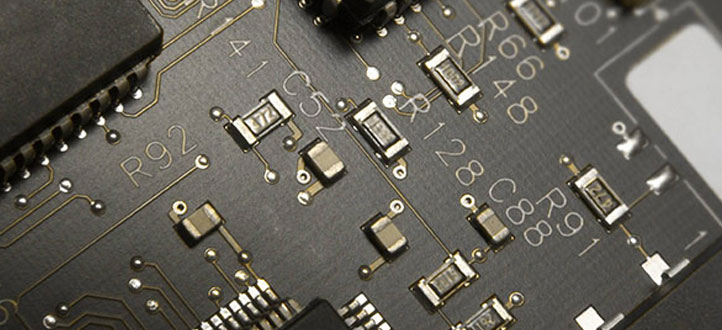What are the reasons for PCB solder joint cracking?

Causes of PCB Solder Joint Cracking
The causes of PCB solder joint cracking can be categorized as follows:
Poor soldering process: Improper temperature (too high or too low), incorrect soldering time (too long or too short), excessive or insufficient solder volume can all affect the formation and quality of solder joints. Excessively high temperature leads to excessive intermetallic reactions, forming brittle compounds that weaken solder joint strength. Insufficient temperature prevents sufficient melting and wetting of solder, resulting in voids or porosity and reducing solder joint reliability. Prolonged time causes excessive oxidation or corrosion of metal layers, disrupting solder joint structure, while insufficient time leads to incomplete diffusion and bonding, resulting in weak interfaces. Excessive solder volume causes bridging or overflow, leading to short circuits or stress concentration, while insufficient solder volume results in incomplete or inadequate wetting, causing open circuits or poor contacts.
Inadequate pad design: Oversized or undersized pads, mismatched shapes, narrow or wide spacing can all affect the formation and quality of solder joints. Oversized pads lead to uneven solder distribution and uneven stress. Undersized pads fail to fully cover component pins, resulting in inadequate contact area. Mismatched shapes cause misalignment or tilting between component pins and pads, leading to stress concentration or weak connections. Narrow spacing causes interference or short circuits between component pins, while wide spacing results in excessive tension or bending between pins.
Unsuitable component selection: Incompatible component packaging types, materials, dimensions, pin counts, or arrangement methods with PCB design can affect solder joint formation and quality. Incompatible packaging types make component installation on the PCB difficult or unstable. Incompatible materials cause significant differences in thermal expansion coefficients between components and the PCB, resulting in thermal stress. Incompatible dimensions lead to insufficient or wasted space between components and the PCB. Incompatible pin counts result in incomplete or redundant connections between components and the PCB. Incompatible arrangement methods lead to inconsistent orientations or poor symmetry between components and the PCB.
Adverse environmental factors: PCBs are susceptible to adverse environmental factors such as temperature, humidity, contamination, vibration, and shock during storage, transportation, assembly, or use, which can affect the stability and reliability of solder joints. Excessive or inadequate temperature causes thermal expansion or contraction of the PCB or components, leading to stress or deformation. Excessive or inadequate humidity causes moisture absorption or drying of the PCB or components, resulting in oxidation or corrosion. Excessive or inadequate contamination causes the attachment of impurities or electrostatic charges on the PCB or components, leading to decreased solder joint quality or discharge. Excessive or inadequate vibration causes displacement or loosening of the PCB or components, resulting in solder joint fractures or cracking. Excessive or inadequate shock causes damage or deformation of the PCB or components, leading to solder joint failure or cracking.
Detection and Prevention of PCB Solder Joint Cracking
To detect and prevent PCB solder joint cracking, the following measures can be taken:
Adopt proper soldering processes: Based on the characteristics of components and PCBs, select appropriate soldering temperatures, times, speeds, pressures, and control the amount and distribution of solder to avoid situations of overheating, undercooling, excessive duration, insufficient duration, excessive solder volume, or insufficient solder volume.
Employ reasonable pad design: Considering the characteristics of components and PCBs, choose suitable pad sizes, shapes, spacing, etc., ensuring alignment and matching between component pins and pads while avoiding situations of excessive size, inadequate size, mismatched shapes, or misalignment.
Make appropriate component selections: Based on PCB design requirements, select suitable component packaging types, materials, dimensions, pin counts, arrangement methods, etc., ensuring compatibility and coordination between components and PCBs, avoiding mismatched or incompatible situations.
Control environmental factors: Considering the characteristics of PCBs and components, select suitable storage, transportation, assembly, and usage environments, ensuring that temperature, humidity, contamination, vibration, shock, etc., remain within reasonable ranges, avoiding situations of excessive or inadequate values.
Utilize effective testing methods: Based on the characteristics of PCBs and components, select appropriate testing equipment and techniques, such as visual inspection, microscope examination, X-ray inspection, shear testing, etc., to promptly detect and analyze solder joint cracking phenomena and causes, and take corresponding repair and improvement measures.
In summary, PCB solder joint cracking is a common and serious quality issue that requires analysis and resolution from multiple perspectives. Only through proper design, selection, production, and testing can the quality and reliability of PCB solder joints be ensured.

